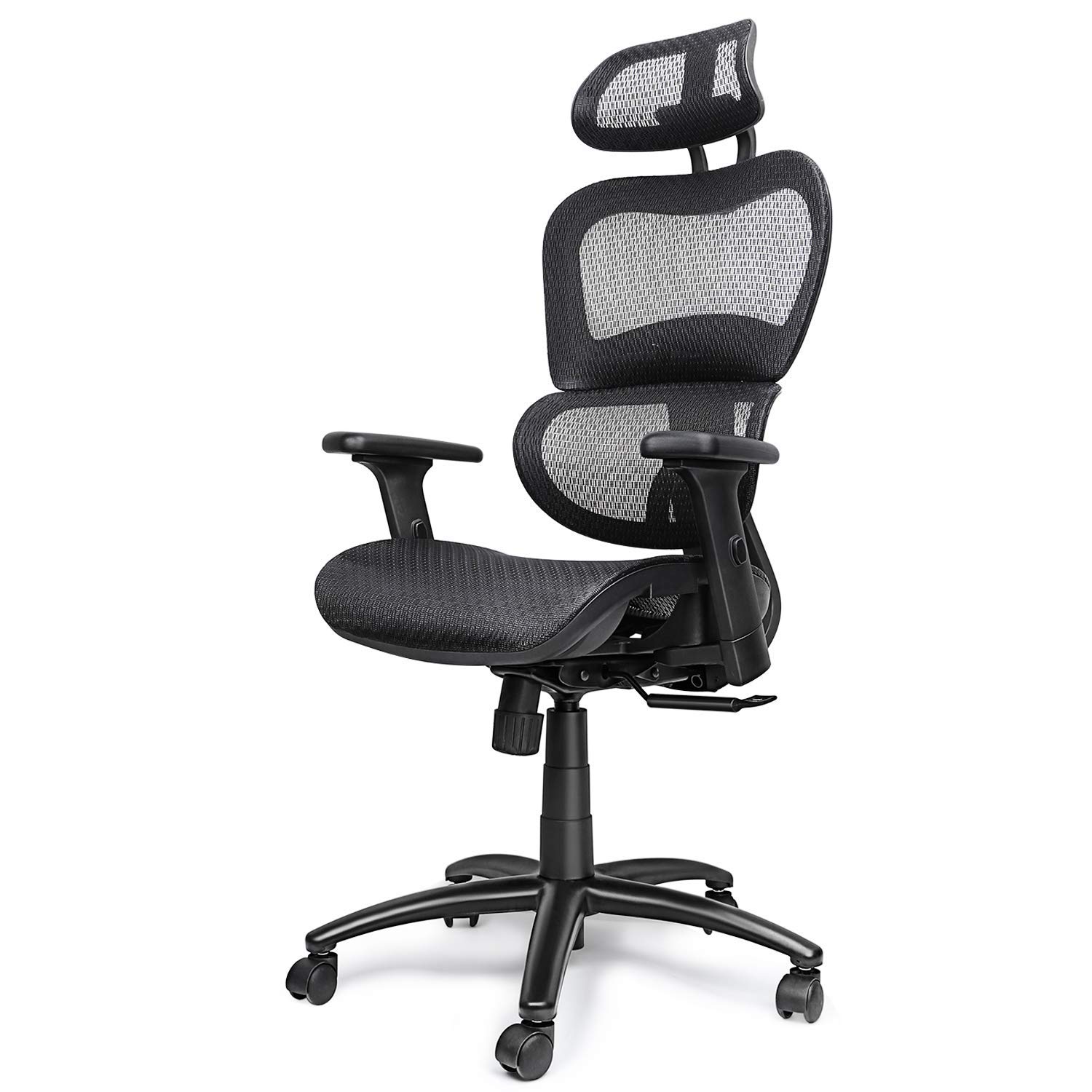Types of Chairs for Back Pain Relief: Best Chair For Bad Back

Choosing the right chair can significantly impact back pain management. Different chair designs offer unique support mechanisms and cater to various body types and back conditions. Understanding the biomechanics of each chair type is crucial for selecting the optimal solution. This section compares three popular options: ergonomic chairs, kneeling chairs, and posture chairs.
Ergonomic Chairs
Ergonomic chairs are designed to promote proper posture and spinal alignment. They typically feature adjustable features such as lumbar support, seat height, armrests, and backrest angle. These adjustments allow users to customize the chair to their individual needs, ensuring optimal comfort and support. The biomechanics of sitting in an ergonomic chair involve maintaining the natural curvature of the spine, distributing weight evenly across the hips and thighs, and reducing strain on the back muscles. This is achieved through the chair’s adjustable components that support the natural curves of the spine. Ergonomic chairs are suitable for individuals who spend extended periods sitting, regardless of their height or weight, provided the chair offers a sufficient range of adjustments. They are particularly beneficial for individuals with general back pain, mild scoliosis, or those recovering from back injuries.
Kneeling Chairs, Best chair for bad back
Kneeling chairs encourage an upright posture by placing the user’s weight on their knees and shins, rather than their buttocks. This posture helps to open the hip flexors and improve spinal alignment. The biomechanics involve shifting the weight distribution, promoting a more forward-leaning posture which naturally reduces the pressure on the lower back. However, this design isn’t for everyone. The reduced pressure on the lower back is the primary benefit, making it suitable for those experiencing lower back pain, particularly those with mild to moderate lumbar issues. Individuals with knee problems, circulatory issues, or those who find it difficult to maintain this posture for extended periods should avoid this type of chair. Body weight and height are less critical factors compared to the user’s physical limitations.
Posture Chairs
Posture chairs aim to improve posture by providing structured support and encouraging a more upright sitting position. They often feature a contoured backrest that follows the natural curve of the spine and adjustable lumbar support. The biomechanics focus on maintaining a neutral spinal alignment, reducing slouching, and promoting better weight distribution. This makes them beneficial for individuals who tend to slouch or have poor posture. Posture chairs are generally suitable for a wide range of body types and heights. However, the level of adjustability varies across models. They can be particularly helpful for individuals with mild to moderate back pain stemming from poor posture or general discomfort.
Comparison of Chair Types
The following table summarizes the key differences between the three chair types:
| Feature | Ergonomic Chair | Kneeling Chair | Posture Chair |
|---|---|---|---|
| Price Range | $100 – $1000+ | $50 – $300 | $75 – $500 |
| Adjustability | High (height, backrest, armrests, lumbar support) | Low (typically only seat height) | Medium (backrest angle, lumbar support) |
| Materials | Mesh, fabric, leather, plastic | Fabric, wood | Fabric, mesh, plastic |
